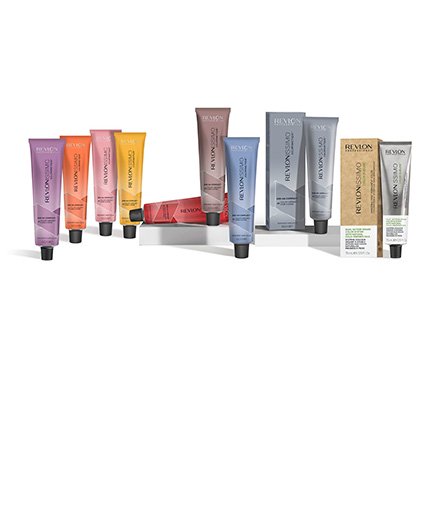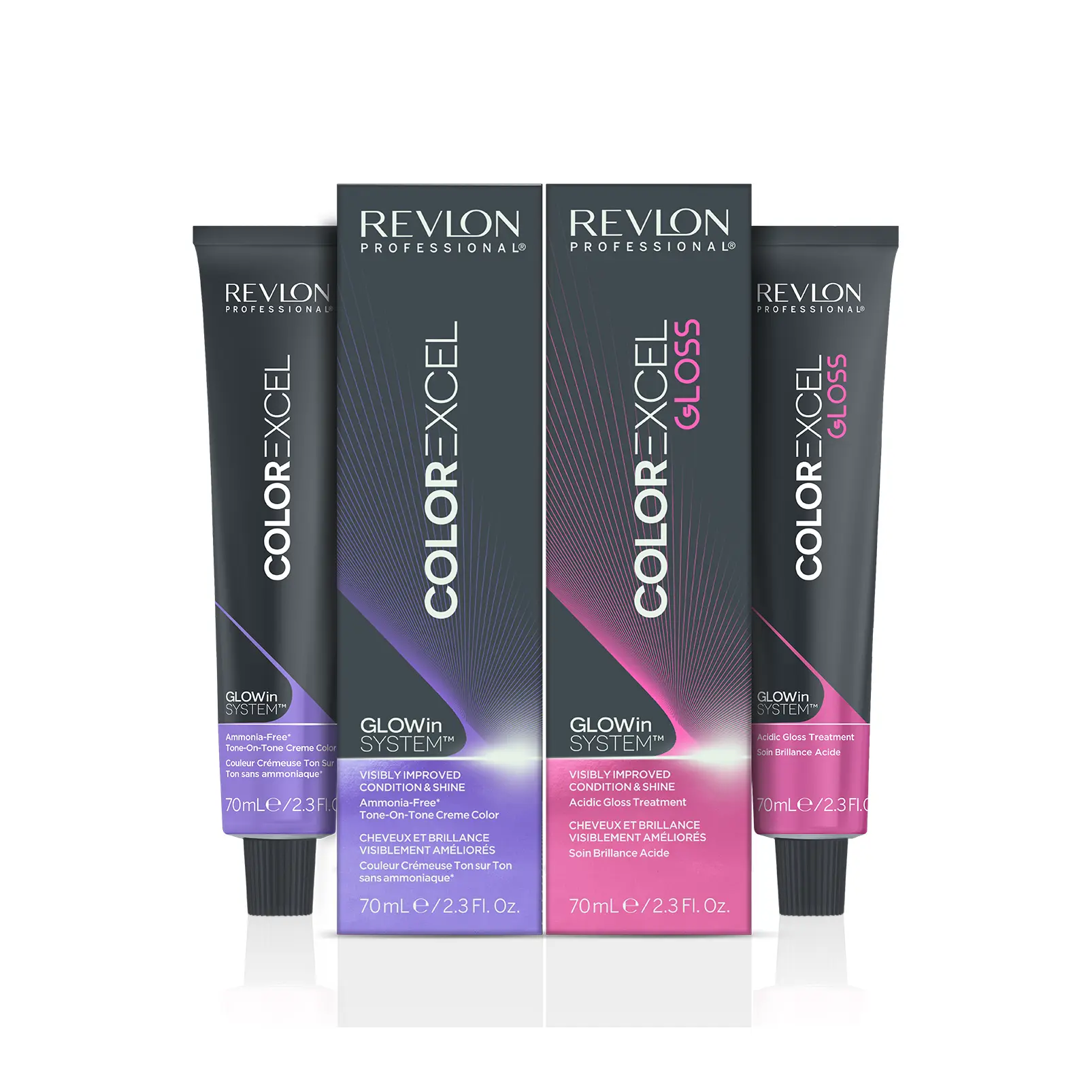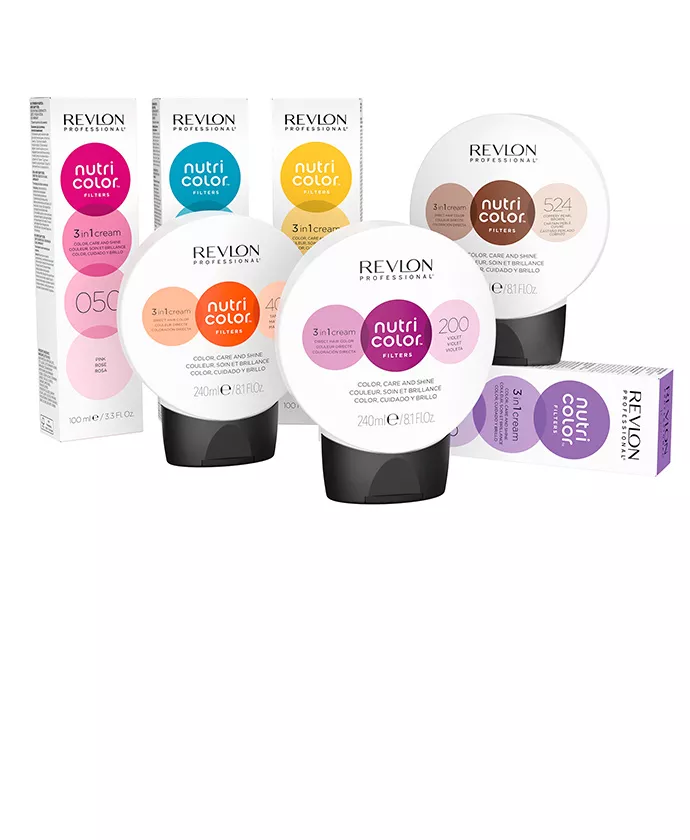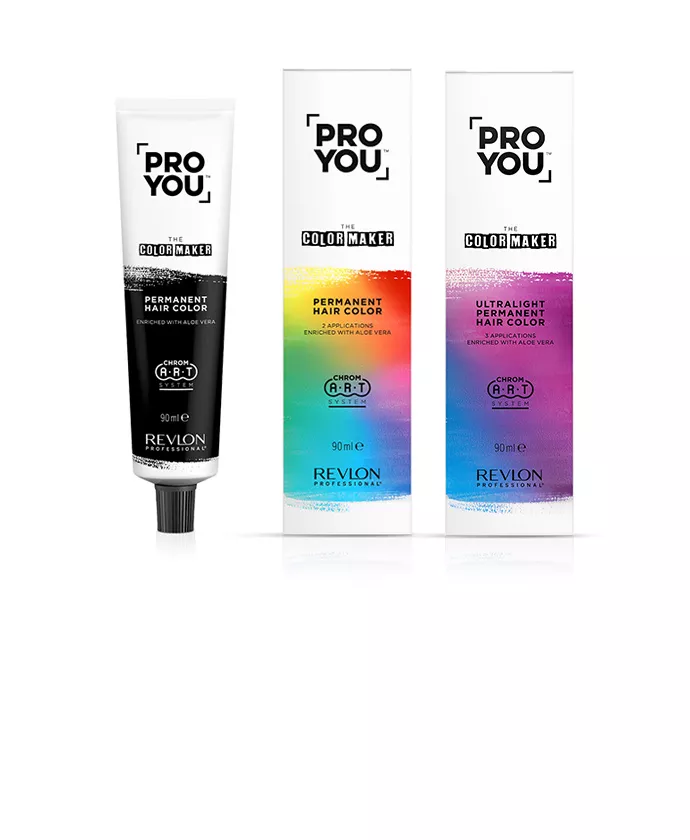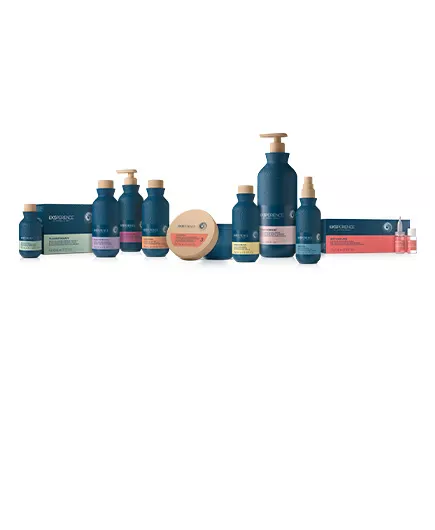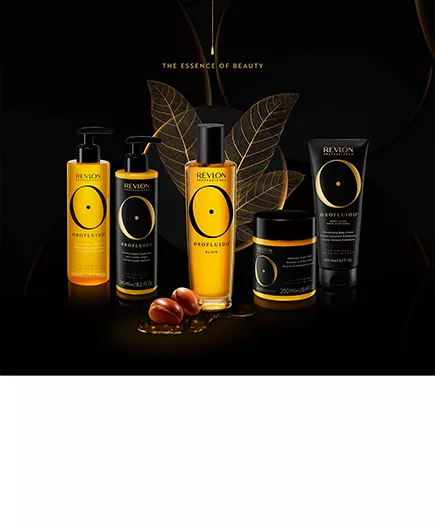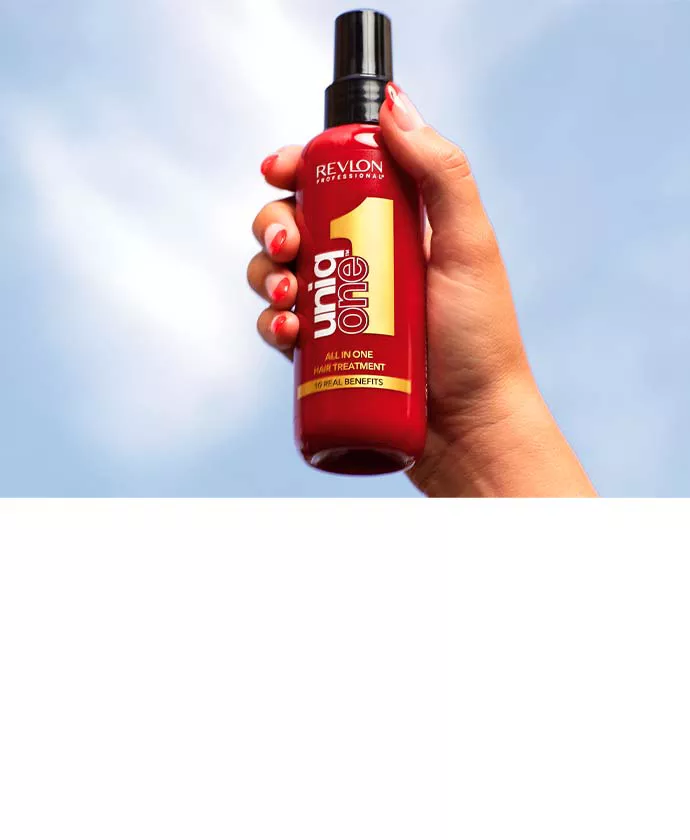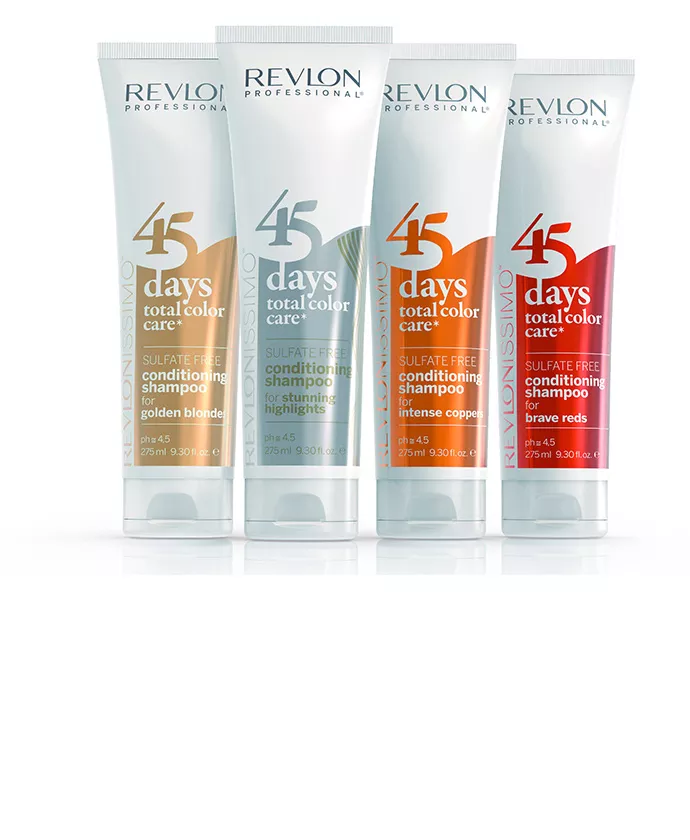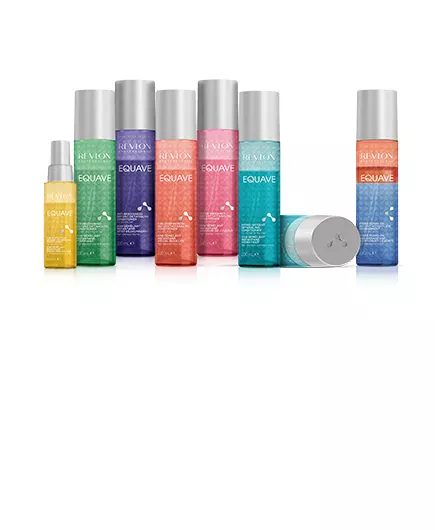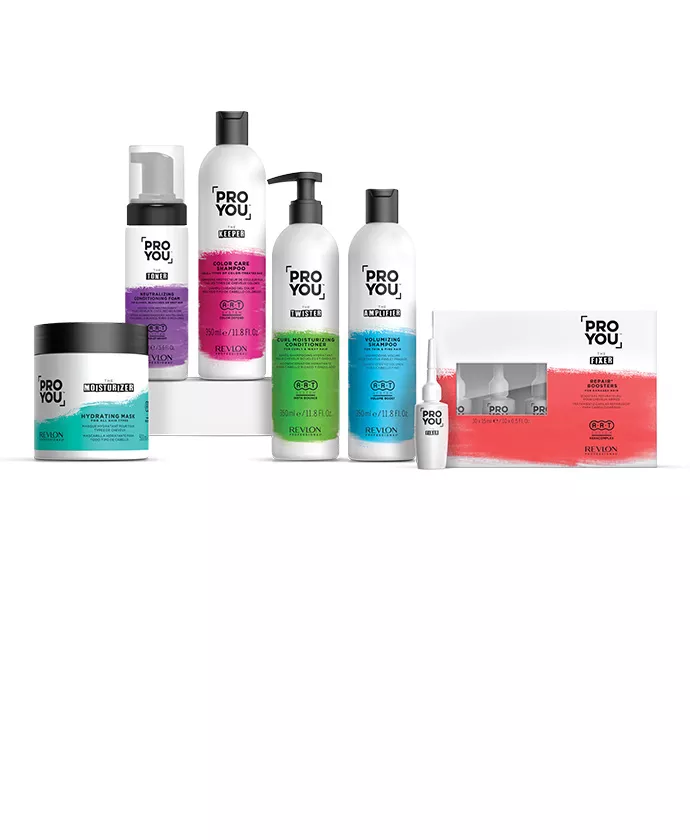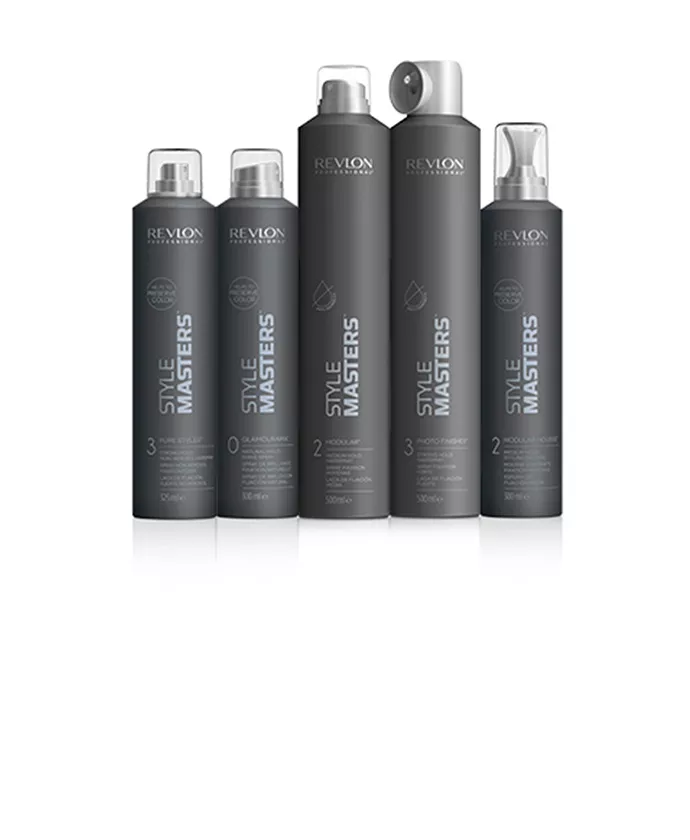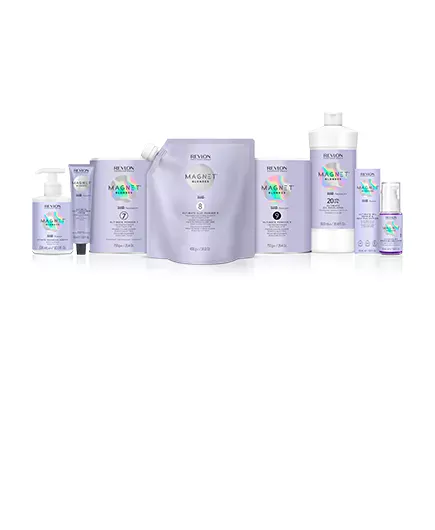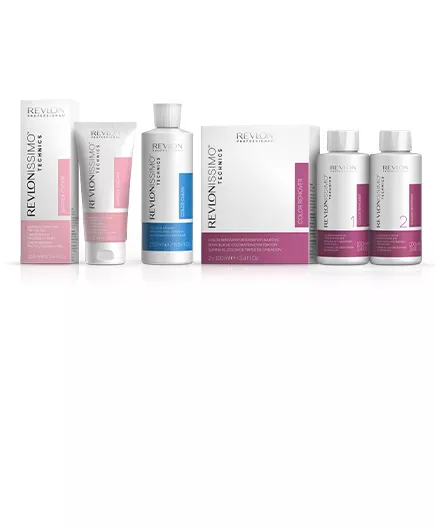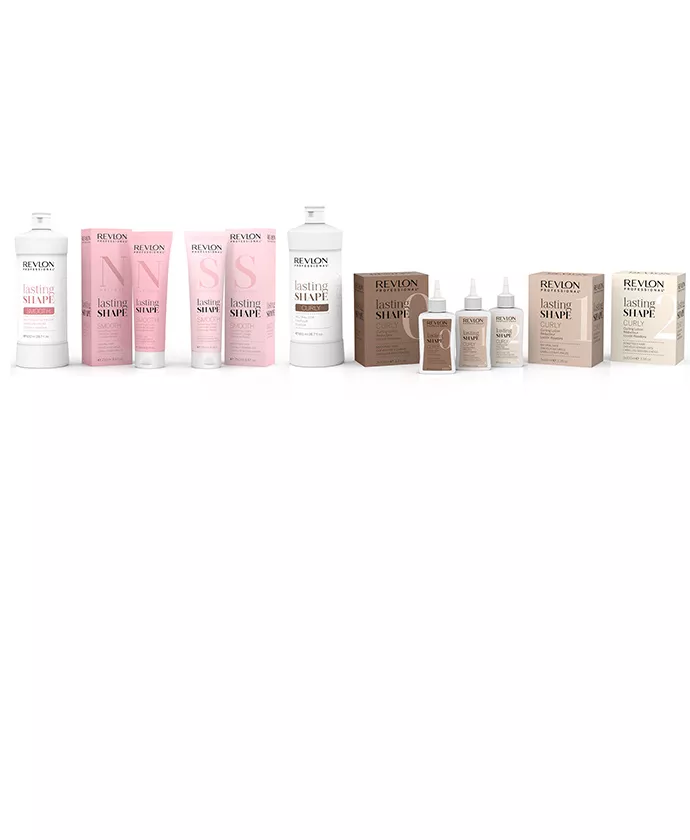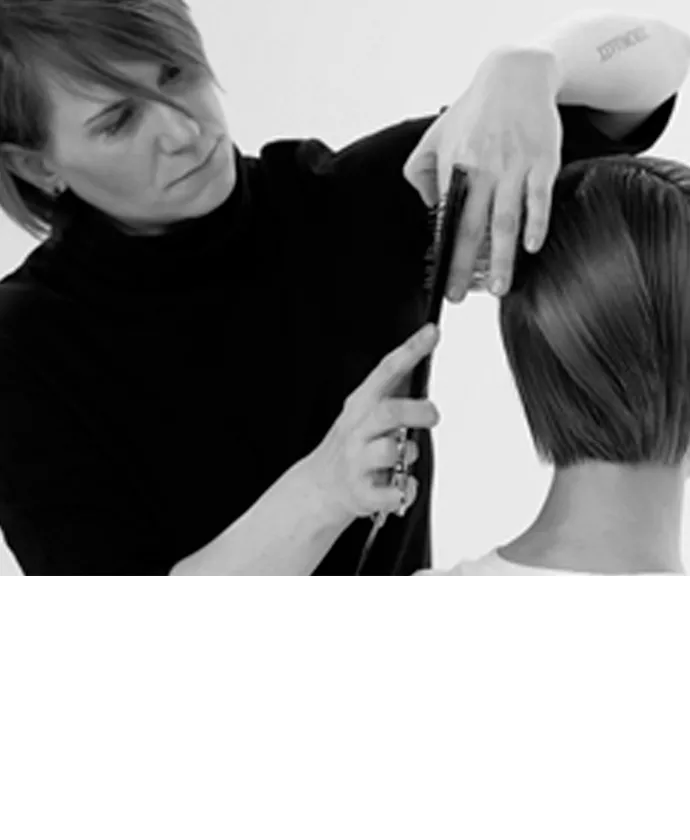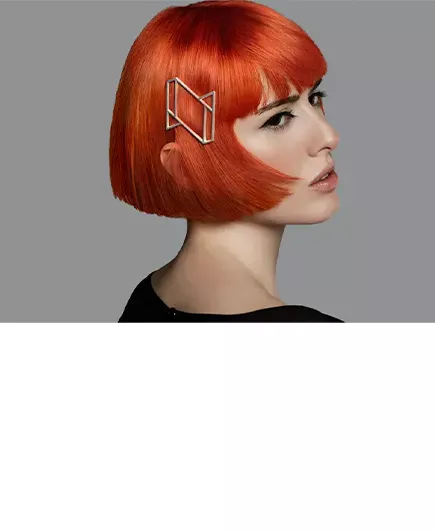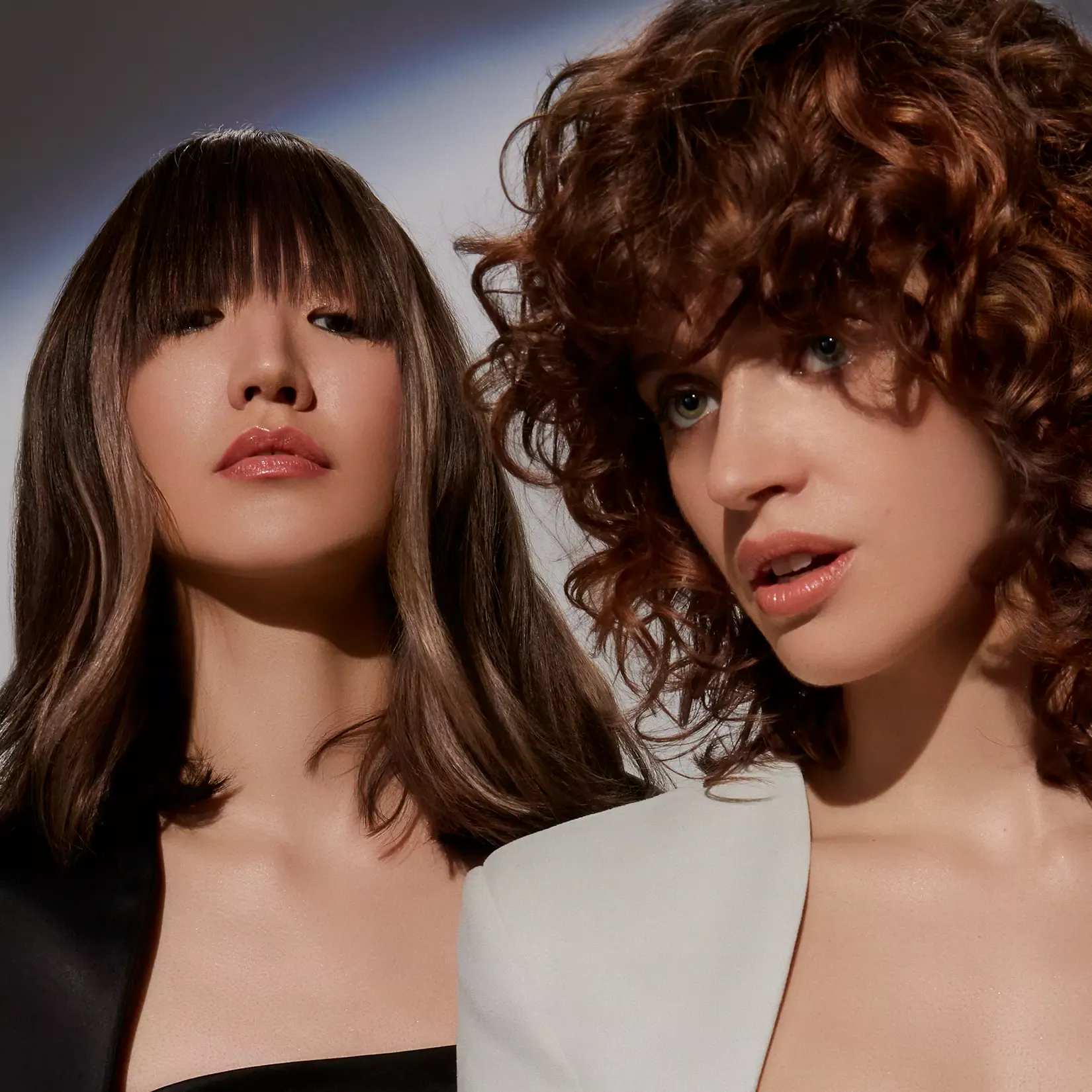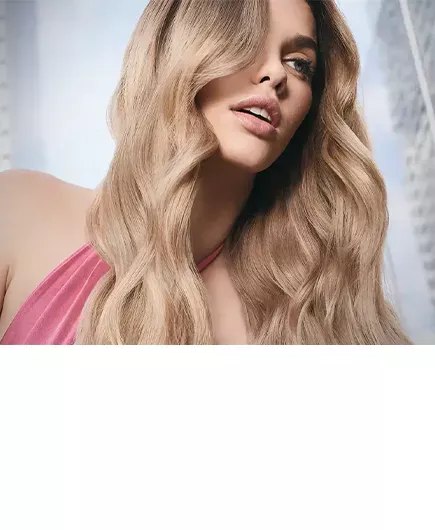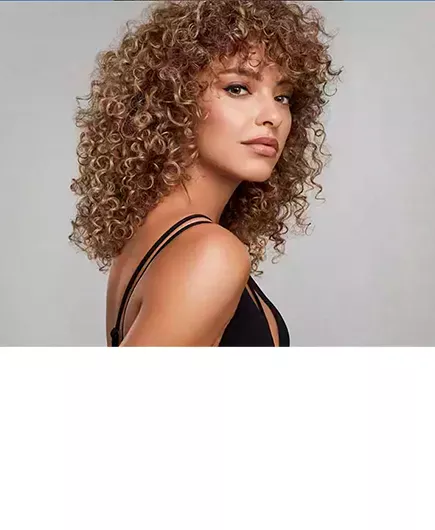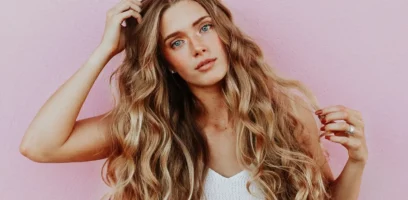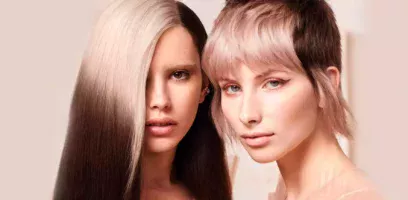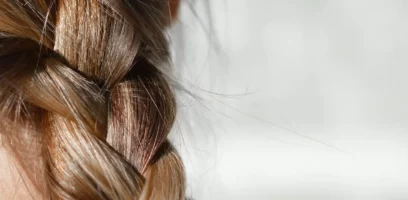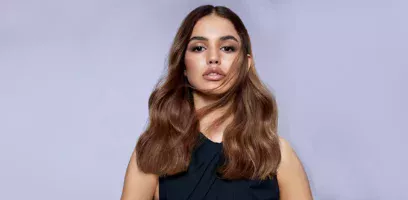LIGHTENING TECHNIQUES: OMBRÉ OR BALAYAGE?
As you may know, hair lightening and color techniques are among the most sought-after treatments in the beauty industry today. However, these treatments can be quite complex to perform and are often easily confused with one another. Two of these popular coloring techniques include balayage and ombré—in addition to classic foil highlights and babylights, of course. These two adored styles will always be in fashion, and can be created with numerous tones and styles. However, hair stylists need to know how to create them the right way—with precision, using a refined technique.
Two of the most popular hair coloring techniques in the beauty world are balayage and ombré. If you’ve been following the latest trends in hair coloring, you’re likely already familiar with one or both of these styles. But the question is… ¿Ombré or Balayage? Balayage—also known as the hand-painting technique—is when hairdressers lighten carefully selected strands of hair by two or three tones to achieve a very natural, sun-kissed appearance. However, ombré—also known as the shading technique—blends one color shade into another, creating a natural gradient that typically transitions from the darker roots to the lightened ends. In both of these cases, hair color experts have to take into account their clients’ hair tone in order to choose the best personalized shade for beautiful results.
Keep reading to explore these two beloved hair coloring techniques and discover their similarities and key differences, as well as how to best utilize them to offer superb hair coloring and lightening services to your clients.
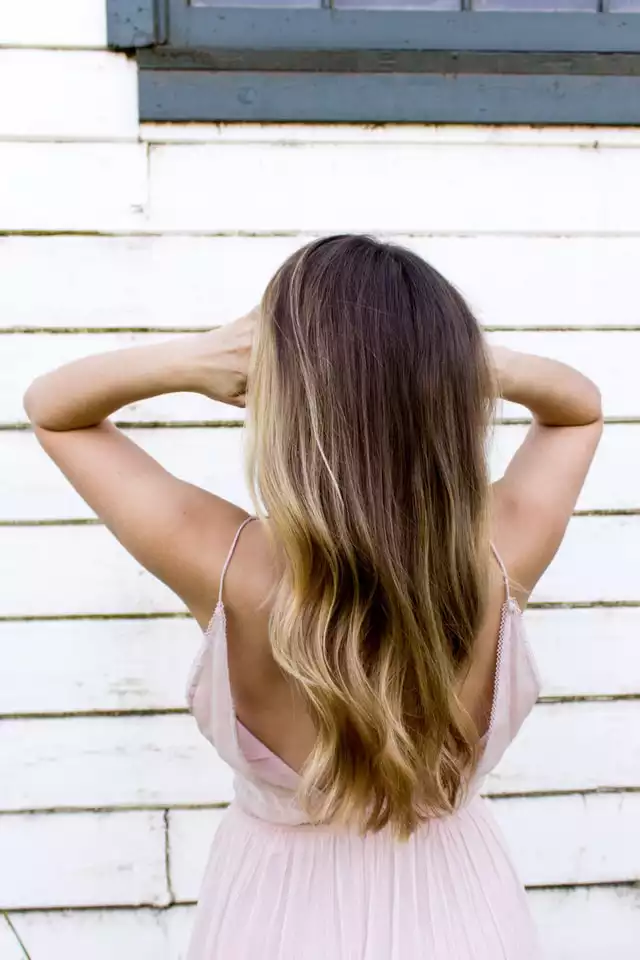
What Is Ombré?
The word “ombré” comes from the French verb for “shadow” or “to shade.” This style creates a beautiful two-toned color effect that traditionally transitions from a darker color at the top to lighter strands towards the bottom. It incorporates a slightly different method than the balayage technique, with a visibly more dramatic end result. This is because, with the ombre technique, this color transition from dark to light is usually pretty short, with the color gradually blended upwards towards the root. Ombré hair coloring adopts a freehand application that is less subtle but equally as stunning as the balayage look.
An ombré can be created using any color combination, although generally the darker color featured at the roots is the client’s natural base color. Hair color experts can also use this technique to create what is known as the reverse ombré, where the traditional style is essentially flip-flopped for a bold, exciting twist. This reverse ombré look is achieved by lightening the roots first and then gradually transitioning to a darker tone from mid-shaft to ends. The ombré technique allows for a great deal of creative freedom for brightening up hair and offering a gorgeous look for any client wanting something a bit fresh and different.
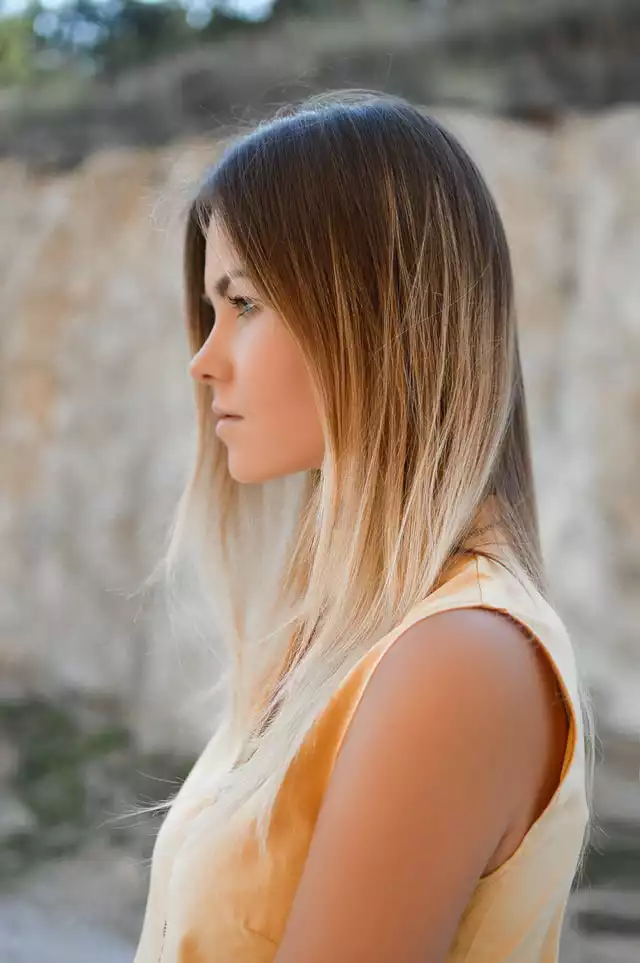
Ombré Technique
To master this beautiful color technique, combine Revlon’s Magnet™ Blondes Ultimate Powder with Magnet™ Blondes Ultimate Oil Developer and apply from mid-length to ends—on previously combed hair—by really saturating each lock of hair to achieve a spectacular end result. Be sure to leave this lightener on for the necessary amount of time and periodically check to ensure that the product is creating the desired shadow effect on the client’s hair. Once the stylist is happy with the final result, simply wash, dry, and reveal the stunning final look!
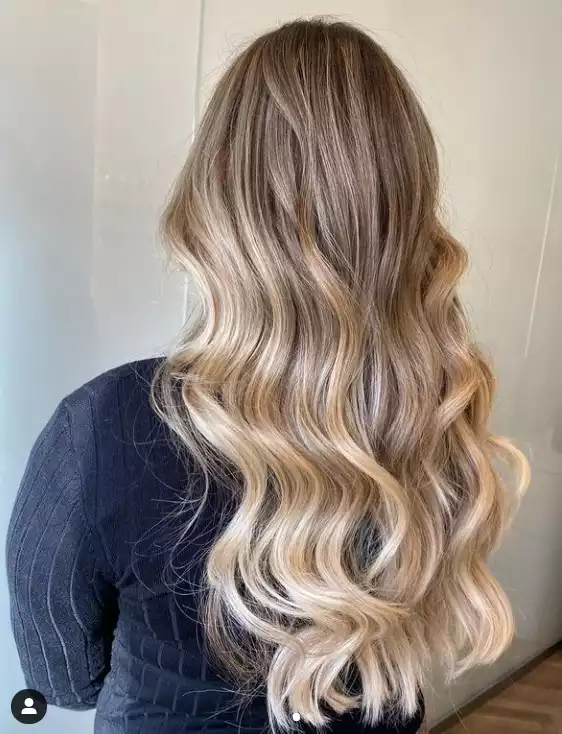
What Is Balayage?
The word “balayage” originates from the French verb “to sweep,” which is exactly how these subtle and attractive highlights are applied. By using a freehand technique, the balayage style allows each hair stylist to freely design their client’s own personalized lightened hair color—always considering the person’s hair and skin tone, eye color, and any other unique needs. When it comes to perfecting this technique, it’s crucial that the highlights are applied to specific locks of hair in just the right way—to create light in places where the colorist feels it will enhance the client’s beauty most.
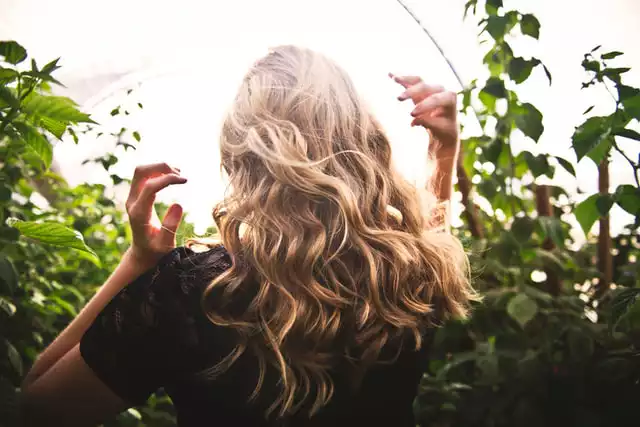
Balayage Technique
Balayage ideally uses two shades to achieve a brighter and more delicate effect. We recommend mixing Revlon’s Magnet™ Blondes Ultimate Powder—an ammonia-free lightener—with Magnet™ Blondes Ultimate Oil Developers (10, 20 or 30 vol.), and a bit of protective Magnet™ Ultimate Technical Additive for exquisite results. Using the backcombing technique (also known as teasing), apply the product on slightly combed hair to achieve the perfect fading effect. With balayage, it’s best to simply let time do its job, and avoid using the traditional foil method. This will create a stunning final balayage look that leaves your client feeling fabulous enough to step onto the runway.
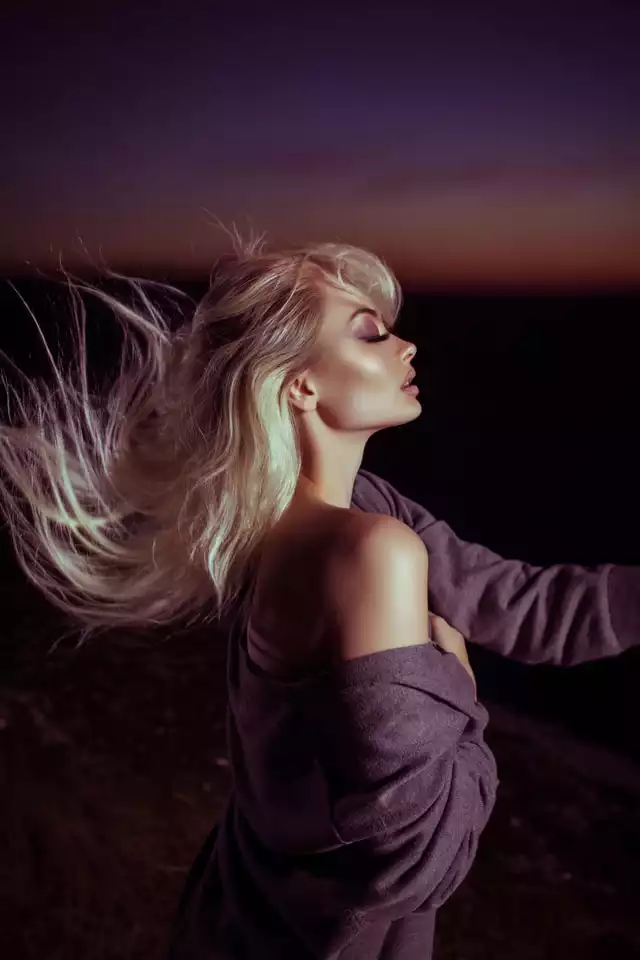
Ombré or Balayage? Similarities Between Ombré and Balayage
When it comes to stunning hair color that stands out from the crowd, both of these techniques can transform hair in a gorgeous and unique way. Although they can both be applied to any hair length, the effect is generally much more striking on longer hair (especially in the case of an ombré). Identifying the ideal tone for each person’s particular style and knowing how to mix different tones of color—including cooler tones like iced, or warmer tones like soft rosé—is what makes a true color professional. With Color Excel Gloss by Revlonissimo™, color tones are conveniently divided into four shade families: neutralizing, ultra-neutralizing, toning and trendy shades. Plus, thanks to its 4 volume Gloss Energizer, stylists can provide amazing color without lifting the natural base. This creates the perfect shade for combining with any hair lightening technique—including balayage, ombré, babylights, classic foil highlights, and more.
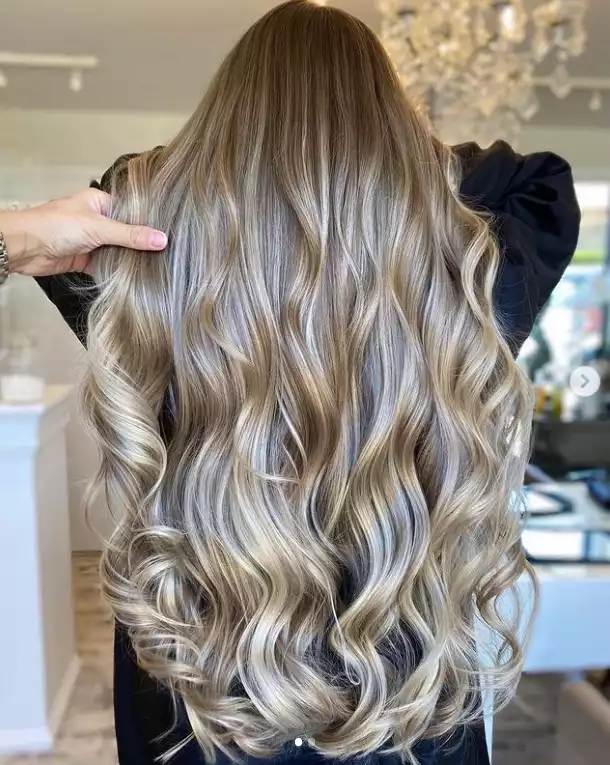
Both the balayage and ombré styles are very easy for clients to maintain, adding yet another benefit to the list of reasons to love these techniques! This low maintenance look is mostly due to the fact that the roots don’t need to be worked on—unless there is gray hair that needs to be covered to maintain the normal base color or natural hair color. And, with the help of at-home color-protecting shampoos, like Eksperience™ Color Protection Blonde & Grey Hair Cleanser, you can help fight yellow tones and keep light shades looking bright. When these techniques are done right, they are sure to boost the type of customer loyalty that can only be achieved by providing the top-quality service.
An ombré or balayage technique that is executed with precision and creativity can instantly transform a plain hairstyle into something extraordinary, and makes the perfect option for any client looking for a low-maintenance, but stylish way to revamp their hair color. For even more hair lightening tips, check out our guide on the benefits of ammonia-free hair color.


